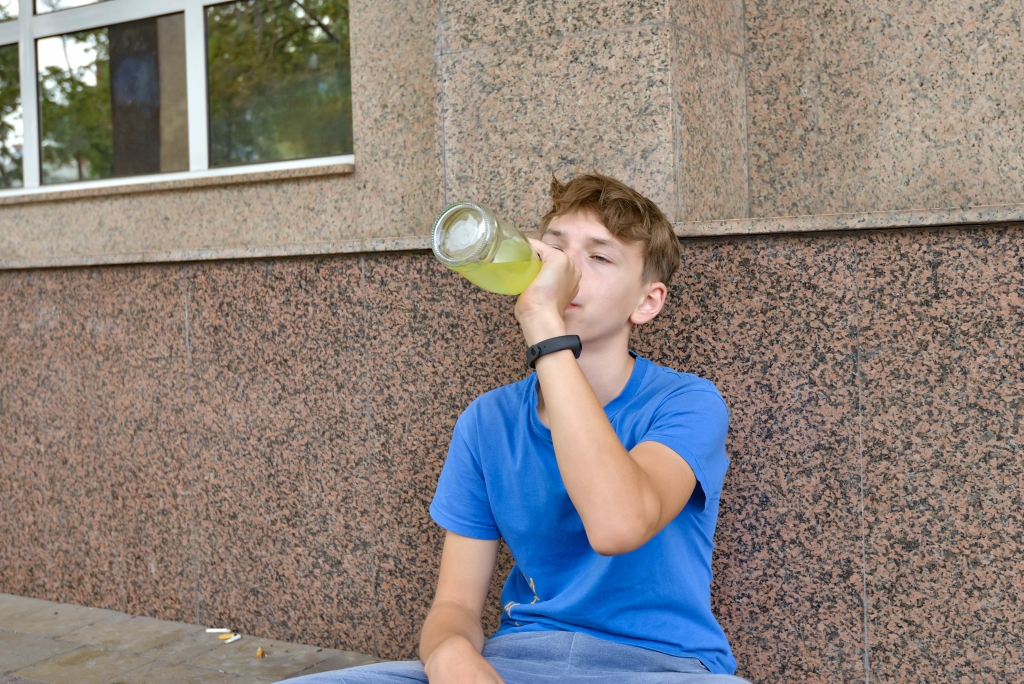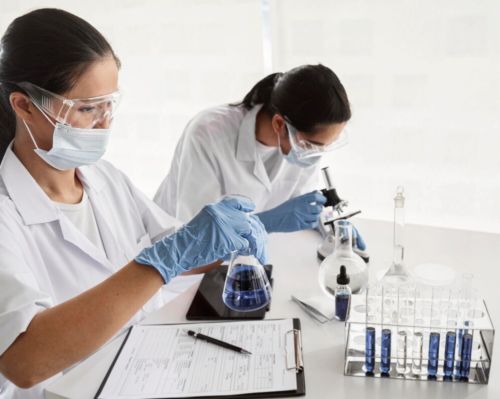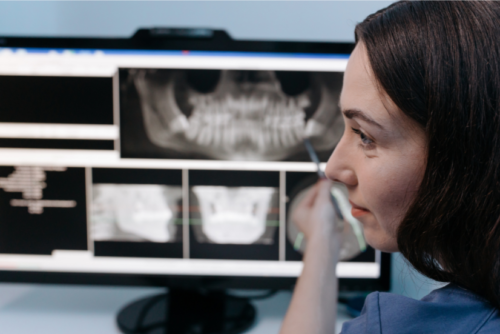Theories suggest that for certain people drinking has a different and stronger impact that can lead to alcohol use disorder. Like drinking early, drinking often is linked to alcohol use disorders. Due to the physiological influence of alcohol in the brain, people who regularly drink alcohol will disrupt their normal brain functioning, resulting in a higher risk of addiction. The National Institute on Alcohol Abuse and Alcoholism warns that binge drinking and heavy alcohol use are among the causes of alcoholism.
Do you need a professional diagnosis to get help?
This is especially true for teens who attend parties where drinking is the primary activity. You might think binge drinking is safe when you only do it occasionally, but that couldn’t be further from the truth. The first stage of alcoholism is a general experimentation with alcohol. These drinkers may be new to different forms of alcohol and likely to test their limits.
- It’s not unusual for young people to want to drink before the legal age of 21.
- Understanding what makes someone addicted to alcohol can be the first step in helping a person seek treatment.
- However, these numbers can vary depending on your alcohol tolerance and other biological responses.
- By addressing and healing from these early life experiences, individuals can reduce their risk of alcohol dependence and improve their overall mental health.
Learn More About Alcoholism Treatment in Florida
Alcohol use disorder (AUD) is a medical condition characterised by an impaired ability to stop or control alcohol use despite adverse social, occupational, or health consequences. While the exact causes of alcoholism are unknown, positive reinforcement and increased tolerance are two factors that contribute to the development of alcoholism. Alcoholism is caused by a combination of genetic, psychological, environmental, and social factors, including family history, mental health conditions, stress, and early exposure to alcohol. Most people who develop alcohol use disorder start showing signs in their early twenties, though it can develop at any age. Starting to drink before age 15 significantly increases the risk of developing alcoholism later in life. Many have wondered why some individuals develop alcoholism while others do not.
Learn Strategies To Prevent AUD With Reframe!
The Recovery Village Palmer Lake specializes in compassionate, evidence-based care tailored to your needs. Whether you’re seeking help for yourself or a loved one, we’re here to guide you every step of the way. This results in more negative emotions between doses, leading to feedback encouraging continued alcohol consumption. Detoxing from fentanyl is complex and can be dangerous without professional help. This article guides you through the withdrawal process, explains the symptoms you might experience, and highlights the…
In cases like these, people generally learn from their mistakes, and develop somewhat of an aversion to these specific drinks. The smell of Goldschlager makes their stomach turn, and the sight of a shot of Fireball instigates a gag reflex. In some people, the development of these aversions will not occur, no matter how terrible the experience. This dopamine release initially acts as a reward for drinking behavior, reinforcing alcohol consumption. Each person that ends up struggling with this form of substance abuse has their own unique story. During this time, participants attend therapy sessions multiple times a week.
- This leads to decreased pleasurable effects and alcohol dependence, as the person needs alcohol to feel normal.
- It is common for people afflicted with a psychiatric disorder to consume alcohol as a form of self-medication.
- There are cases of people dealing with an unexpected life event, such as suffering trauma or bereavement, which could cause them to start drinking heavily.
- Summary of alcohol’s effects on the brain – Move your cursor over the colored bar in the lower left-hand corner to see which areas of the brain are affected by increasing BAC.
It’s been a couple of days — maybe even less — and you want more alcohol. You tell yourself a beer or two midweek won’t hurt anyone, and so, you seek it out again. You get drunk again and the cycle continues until the only way you feel anything why do people become alcoholics at all is if you’re drunk. Dopamine floods your brain, releasing all the pent-up tension you’ve been carrying around.
- Reframe supports you in reducing alcohol consumption and enhancing your well-being.
- By learning the neurobiological processes at play and the long-term effects of alcohol abuse, we can prevent and treat this disease more effectively.
- Eventually, he or she will return to the bars despite the threat of interpersonal consequences.
- Over time, the brain adjusts, lowering dopamine production, which can lead to dependence.
- It can also help them temporarily escape from negative emotions and feelings of low self-worth.
Heavy drinkers aren’t necessarily alcoholics, but may be “almost alcoholics”
The genetic predisposition of AUD may be affected by two main genes — the ALDH2 and ADH1B genes. These genes play a major role in how our body breaks down and processes alcohol. For example, those of us with alcohol intolerance have mutations in these genes. These mutations affect our body’s ability to break down alcohol — causing higher levels of acetaldehyde (the toxic compound in alcohol). This causes increased unpleasant side effects that may put us off from drinking alcohol — lowering the risk of AUD.
Signs of an Alcoholic
Men tend to have a lower response to alcohol, which can make them more likely to use larger quantities and develop an addiction. Among all physical and behavioral characteristics, a predisposition to alcoholism can be inherited through DNA. Those who are genetically predisposed to alcoholism are at greater risk for developing AUD if or when environmental and social factors are present. The genetic cause of alcoholism is often overlooked by society and seen as an issue that someone may be too weak to confront, but this is often untrue. For example, disordered drinking is excessive and often costly, and is commonly referred to as binge drinking. While this may not always meet the clinical criteria to be considered alcohol dependence, these patterns of behavior still pose a significant risk factor to one’s physical or mental health.
Our therapists work closely with you to treat the underlying causes and risk factors for alcoholism. Getting over alcoholism isn’t easy, but it is possible with marijuana addiction a little help. Being aware of the risk factors for alcoholism helps to identify if you or a loved one are more susceptible to alcoholism. However, even with this awareness many people still become alcoholics. Unfortunately, alcoholism wreaks havoc in a person’s and causes suffering for themselves and the people around them.
Drinking Patterns and Habits
2 When stress exposure is chronic, it leads to ongoing alcohol abuse and eventually addiction. Individual differences in genetics, mental health, stress levels, and social environment all affect how quickly someone might develop alcohol addiction. Some people are simply more vulnerable due to these combined factors. These brain changes can help explain why people become https://vehiculosdelplata.com.ar/how-long-does-weed-stay-in-system-after-quitting-3/ alcoholics, even when they want to stop drinking.









